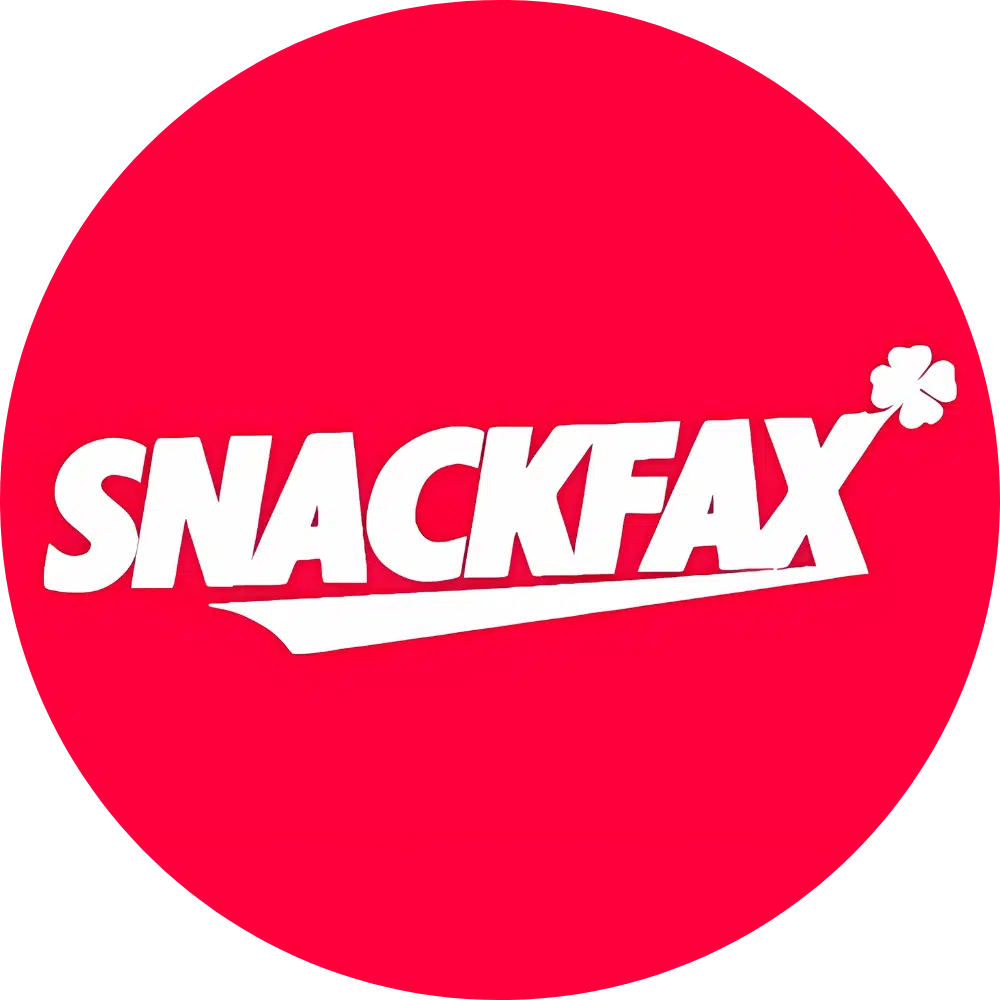The U.S. retiree Susan Teaford has cut her grocery expenditures through bargain seeking and pursuing bargains as end dates approach.
Teaford now checks the Flash Food app for expiring goods at her Arlington, Virginia, grocery shop when she needs groceries.
As their shelf life expires, Giant and Meijer sell greens, fruit, bread, smoked fish, pork, and more at half to two-thirds off.
Teaford had decreased bills and a great sense of contentment even as prices rose post-pandemic.
“I detest food waste and love a good bargain,” Teaford, 66, told the Thomson Reuters Foundation as she prepared a rack of ribs she bought on Flash Food for half price.
Teaford claimed she saved $450 on groceries this year, which spurred numerous neighbors to sign up.
“It’s logical,” she said. “We’re thrifty.”
Food waste apps reduce emissions and save money. Rising food production causes deforestation, and farming, processing, and delivery need fossil fuels.
According to the UN, the typical person wastes 74 kg of food each year, while the globe produces enough food for everyone.
Price hikes
Food waste apps have been around for years, but close observers say economic instability, from COVID-19 to conflict in Ukraine, has heightened their profile and increased adoption.
Flashfood, currently in over 1,500 North American stores, has been downloaded 2.5 million times and claims its user base has grown 40% in the past year due to the cost-of-living crisis.
Russia’s war in Ukraine and supply chain issues have raised food and energy prices, pushing US inflation to 8%, the most since the 1970s.
According to government data, 10% of U.S. households—13.5 million—are food insecure.
Due to job losses and poverty, Feeding America claims the pandemic has intensified hunger, especially in families with children and communities of colour.
“As grocery prices rise, people are looking at the app more,” said Flashfood CEO Josh Domingues.
Since then, the company claims to have saved shoppers $130 million and diverted over 50 million pounds (22.7 million kg) of food from landfills.
Sepideh Burkett, Meijer’s 240-store vice president of retail experience, stated, “We’re seeing fantastic uptake of the Flash Food programme.”
She claimed Flash Food reduced in-store food waste by 10% in early tests as Meijer aims for a 50% decrease by the end of the decade.
SOFTWARE
Dana Gunders, executive director of ReFED, a charity that seeks systemic change to halve U.S. food waste and loss by 2030, said the epidemic sparked interest in food waste and how to reduce it.
“We’ve seen several food-waste-reduction initiatives succeed in the previous few years,” she said.
She called this a “flywheel effect,” with $500 million in 2019 investments growing to $2 billion last year.
Waste can be unharvested fields, home leftovers, windfall fruit, or soggy catered canapes, Gunders added.
“Technology has come in with a new ability to broadcast information in real time to a big bunch of people and make (some) this food available,” Gunders said.
Too Good to Go, an app that lets users place a $5 “order” with a restaurant, bakery, or other local business, buys them a surprise bag of whatever must go by closing time.
The 2016 Copenhagen-based app’s co-founder, Lucie Basch, said “retailers didn’t really have an answer” to food waste.
She stated large organizations cannot visit every metropolitan bakery near closing time, so lots gets thrown out.
Users usually get three times their food.
“To pay for just a third is amazing,” she remarked. “It aligns commercial and ecological interests.”
Too Good to Go saves 300,000 meals daily with approximately 70 million people in 17 countries.
Apps have helped the needy, too, as the pandemic boosted awareness among Americans about hunger near to home, said Melissa Spiesman, chief operating officer at Food Rescue US.
The group maintains an app that connects farms, restaurants and others with thousands of volunteers in 21 states who pick up extra food and distribute it to soup kitchens, shelters and hunger relief organizations.
“We got calls from everyone in the beginning of COVID-19,” she added. “We were swamped with tonnes of food.”
As supply channels stalled, farms appealed for workers or orders.
“There was something that woke up a lot of individuals,” she remarked. “More people know about services and more communities want to help.”


